Home>Articles>How Long Does It Take For A 50 Gallon Water Heater To Fill Up
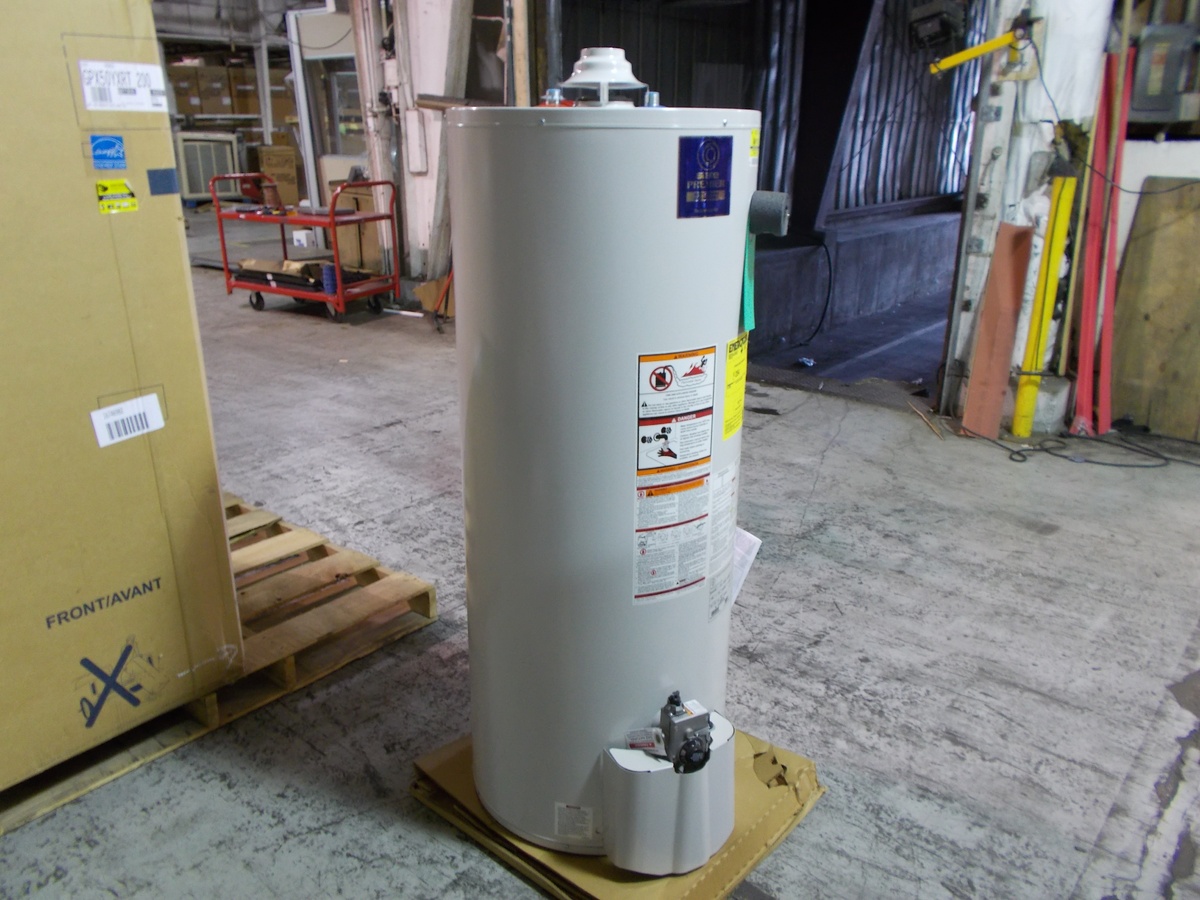

Articles
How Long Does It Take For A 50 Gallon Water Heater To Fill Up
Modified: October 20, 2024
Discover the estimated time it takes for a 50-gallon water heater to fill up with water in this informative article. Get expert insights and tips on water heater filling times.
(Many of the links in this article redirect to a specific reviewed product. Your purchase of these products through affiliate links helps to generate commission for Storables.com, at no extra cost. Learn more)
Introduction
A water heater is an essential appliance in many homes, providing hot water for showers, washing dishes, and other daily activities. If you have a 50-gallon water heater, you may be wondering how long it takes to fill up completely. The filling time of a water heater can vary depending on several factors, including the size and type of water supply line, water pressure, efficiency of the water heater, sediment buildup, temperature setting, ambient temperature, and the condition of the heating element.
In this article, we will explore these factors in detail to give you a better understanding of the filling time of a 50-gallon water heater and how they can impact it. By considering these factors, you can optimize the efficiency of your water heater and ensure a steady supply of hot water for your household needs.
Key Takeaways:
- Ensure the size and type of your water supply line match your 50-gallon water heater’s needs to optimize filling time and enjoy a steady supply of hot water for your household.
- Regular maintenance, such as flushing the tank and inspecting the heating element, can minimize sediment buildup and improve the efficiency of your 50-gallon water heater, reducing filling time.
Factors Affecting the Filling Time of a 50 Gallon Water Heater
The filling time of a 50-gallon water heater can be influenced by several factors. Let’s take a closer look at each of these factors and how they can affect the time it takes for the water heater to fill up:
- Size and Type of Water Supply Line: The size and type of the water supply line connected to the water heater can impact the filling time. A larger diameter water supply line will allow more water to flow into the tank at a faster rate, reducing the filling time. Additionally, the material of the supply line can make a difference. Copper or PEX pipes offer better flow rates compared to galvanized steel pipes.
- Water Pressure: Higher water pressure will result in a faster filling time. Water pressure is measured in pounds per square inch (PSI), and a water heater usually requires a minimum of 30-50 PSI for optimal performance. If your water pressure is lower than this range, it may take longer for the tank to fill up.
- Inlet Valve Size: The size of the inlet valve connected to the water heater can impact the filling time. A larger inlet valve will allow more water to enter the tank at once, speeding up the filling process. It’s recommended to check if your inlet valve is appropriately sized for your 50-gallon water heater.
- Efficiency of the Water Heater: The efficiency of the water heater plays a role in how quickly it heats the incoming water. Higher efficiency models typically have better insulation and heating elements, allowing them to heat water more efficiently. An efficient water heater can fill up faster as it quickly heats the incoming cold water.
- Sediment Buildup: Over time, sediment can accumulate at the bottom of the water heater tank. This sediment can reduce the space available for hot water, affecting the filling time. Regular maintenance, such as draining and flushing the tank, can help prevent excessive sediment buildup and ensure optimal performance.
- Temperature Setting: The temperature setting on the water heater can impact both the filling time and the time it takes for the water to reach the desired temperature. Higher temperature settings will require the water heater to work harder and may result in a longer filling time. Consider setting the temperature to a comfortable and energy-efficient level.
- Ambient Temperature: The ambient temperature of the surrounding environment can affect the filling time of a water heater. In colder conditions, the incoming cold water temperature is lower, requiring the water heater to work harder and potentially extending the filling time.
- Condition of Heating Element: The heating element inside the water heater is responsible for heating the water. If the heating element is old or damaged, it may not be able to heat the water efficiently, resulting in a longer filling time. Regular inspection and replacement of the heating element, if necessary, can help ensure optimal performance.
By considering these factors and taking appropriate measures, such as maintaining the water heater and optimizing the water supply, you can help reduce the filling time of your 50-gallon water heater and enjoy a steady supply of hot water when you need it.
Size and Type of Water Supply Line
The size and type of the water supply line connected to your 50-gallon water heater can have a significant impact on its filling time. The water supply line is responsible for delivering water to the tank, and its characteristics can determine how quickly the tank fills up.
The size of the water supply line refers to its diameter, typically measured in inches. A larger diameter supply line allows for a greater volume of water to flow into the tank, resulting in a faster filling time. On the other hand, a smaller diameter supply line restricts the water flow, leading to a longer filling time.
When it comes to the type of water supply line, there are different materials commonly used, including copper, galvanized steel, and PEX (cross-linked polyethylene). Each material has its own flow rate characteristics that can influence the filling time of the water heater.
Copper pipes are known for their excellent flow rates and durability. They allow for a smooth and efficient flow of water, reducing any restrictions and ensuring a faster filling time for the tank. Similarly, PEX pipes, which are made of flexible plastic, offer good flow rates and can contribute to quicker tank filling.
On the other hand, galvanized steel pipes may have lower flow rates due to mineral deposits and corrosion over time. The buildup of rust and scale inside the pipes can restrict the flow of water, resulting in a slower filling time for the water heater.
If you are experiencing a longer filling time for your 50-gallon water heater, it may be worth inspecting the size and type of your water supply line. Consider upgrading to a larger diameter supply line, such as 3/4 inch or 1-inch, to improve the flow rate and reduce the filling time. Additionally, if you have galvanized steel pipes that are causing flow restrictions, replacing them with copper or PEX pipes could greatly enhance the efficiency of your water heater.
It is important to note that making changes to the water supply line should be done by a professional plumber, as it requires proper installation and knowledge of plumbing codes and regulations.
By ensuring the right size and type of water supply line for your 50-gallon water heater, you can optimize its filling time and enjoy a quicker supply of hot water for your household needs.
Water Pressure
Water pressure is another crucial factor that can impact the filling time of a 50-gallon water heater. Water pressure refers to the force with which water flows through the pipes and into the water heater. The higher the water pressure, the faster the tank will fill up.
Water pressure is measured in pounds per square inch (PSI). Most water heaters require a minimum water pressure of 30-50 PSI to function optimally. If the water pressure is lower than this range, it can result in a longer filling time for the water heater.
There are several possible reasons for low water pressure, including clogged pipes, a faulty pressure regulator, or issues with the municipal water supply. If you are experiencing consistently low water pressure throughout your home, it is advisable to consult with a professional plumber to identify and address the underlying cause.
To improve water pressure and reduce the filling time of your 50-gallon water heater, consider the following steps:
- Check the pressure regulator: The pressure regulator is responsible for maintaining consistent water pressure in your home. If it is not functioning correctly, it may be restricting the flow of water into the water heater. A plumber can inspect and adjust the pressure regulator as needed.
- Clear clogged pipes: Over time, mineral deposits, debris, and sediment can accumulate inside the pipes, restricting the flow of water. A thorough pipe cleaning or, if necessary, pipe replacement can improve water pressure and reduce the filling time of the water heater.
- Upgrade the water main: If the water pressure in your area is consistently low, you may consider upgrading the water line connecting your home to the municipal supply. A larger diameter water main can increase the volume of water flowing into your home, leading to improved water pressure.
- Install a booster pump: In some cases, a booster pump can be installed to increase water pressure specifically for the water heater. This can help overcome low water pressure issues and ensure a faster filling time.
It is important to note that adjusting water pressure should be done by a professional, as improper adjustments can lead to further plumbing issues.
By addressing low water pressure issues and optimizing the water flow into your 50-gallon water heater, you can reduce the filling time and ensure a more efficient hot water supply for your household needs.
Inlet Valve Size
The size of the inlet valve connected to your 50-gallon water heater can also affect the filling time of the tank. The inlet valve is responsible for allowing water to enter the tank and its size determines the rate at which water flows in.
A larger inlet valve allows for a greater volume of water to enter the tank at once, resulting in a faster filling time. On the other hand, a smaller inlet valve restricts the flow of water, leading to a longer filling time.
When it comes to determining the size of the inlet valve, it is essential to consult the manufacturer’s specifications for your specific water heater model. The recommended inlet valve size is usually listed in inches and it should match the capacity and flow rate of your water heater.
If you are unsure about the size of the inlet valve or suspect that it may be causing a longer filling time, you can consult a professional plumber. They can inspect the valve and determine if it is appropriately sized for your water heater.
In some cases, upgrading to a larger inlet valve may be necessary to improve the flow rate and reduce the filling time. This should be done by a professional plumber, as it requires proper installation and considerations for the plumbing system.
It is important to note that the size of the inlet valve is just one factor that affects the filling time of the water heater. Other factors such as water pressure, efficiency of the water heater, and condition of the heating element also play significant roles.
By ensuring the right size of the inlet valve and optimizing the water flow into your 50-gallon water heater, you can enhance its efficiency and enjoy a faster filling time, ensuring a reliable supply of hot water for your household needs.
Efficiency of the Water Heater
The efficiency of your 50-gallon water heater can significantly impact its filling time. An efficient water heater is designed to heat water quickly and effectively, allowing for a faster tank fill-up.
Water heaters are rated for efficiency using the Energy Factor (EF). The higher the EF rating, the more efficient the water heater is at converting energy into heat. High-efficiency models often have better insulation and advanced heating elements, enabling them to heat water more efficiently.
When a water heater is efficient, it can heat the incoming cold water quickly, reducing the time it takes for the tank to fill up. This is especially important when the demand for hot water is high, such as during morning showers or while running multiple appliances simultaneously.
If you suspect that your water heater is not operating efficiently, there are a few steps you can take to optimize its performance:
- Insulation: Check the insulation of the water heater tank. Insufficient insulation can lead to heat loss, reducing the efficiency of the water heater. Adding an insulation blanket or jacket can help retain the heat and improve efficiency.
- Temperature setting: Adjust the temperature setting of the water heater to a comfortable yet energy-efficient level. Keeping the temperature too high can lead to unnecessary energy consumption, while setting it too low may not provide enough hot water for your needs.
- Maintenance: Regular maintenance of the water heater is essential to keep it operating efficiently. This includes flushing the tank to remove sediment buildup, inspecting and cleaning the heating elements, and checking for any leaks or malfunctions.
- Upgrade to high-efficiency models: Consider upgrading to a high-efficiency water heater if your current one is old or inefficient. Modern water heaters often come with advanced features, improved insulation, and energy-saving technologies that can greatly enhance their efficiency.
Consulting with a professional plumber or HVAC technician can provide valuable insights on improving the efficiency of your water heater.
By ensuring the efficiency of your 50-gallon water heater, you can reduce the filling time and enjoy a consistent supply of hot water efficiently.
The time it takes for a 50-gallon water heater to fill up depends on the water pressure and flow rate. On average, it can take around 20-30 minutes to fill up completely.
Sediment Buildup
Over time, sediment can accumulate at the bottom of your 50-gallon water heater tank. This sediment is typically composed of minerals, dirt, and other debris present in the water supply. The buildup of sediment can affect the filling time of the water heater.
When sediment accumulates in the tank, it takes up space that could otherwise be filled with hot water. This reduces the effective capacity of the tank and can result in a longer filling time. Additionally, sediment can also affect the efficiency of the water heater by insulating the bottom of the tank from the heating element, making it less effective at heating the water.
Regular maintenance of your water heater is key to prevent excessive sediment buildup and optimize its performance. Here are some steps you can take:
- Drain and flush the tank: Regularly draining and flushing the tank helps remove built-up sediment. Start by turning off the water supply to the heater. Connect a hose to the drain valve at the bottom of the tank and direct it to a nearby drain. Open the valve to release the water and flush out the sediment. Repeat this process until the water runs clear.
- Inspect and clean the anode rod: The anode rod in the water heater is a sacrificial component that attracts corrosive elements in the water, protecting the tank from rust and corrosion. Over time, the anode rod can become depleted and ineffective. Inspect the anode rod annually and replace it if necessary to prevent sediment buildup and extend the life of the tank.
- Consider a water softener: If your water supply is particularly hard and prone to mineral deposits, installing a water softener can help reduce the accumulation of sediment in the tank. A water softener removes excessive minerals from the water, preventing them from settling in the tank.
- Inspect and clean the inlet valve: Sediment can also accumulate in the inlet valve, obstructing the flow of water. Regularly inspect the inlet valve and clean it if necessary to ensure smooth water flow and reduce the filling time of the tank.
By implementing these maintenance practices, you can minimize sediment buildup in your 50-gallon water heater, improve its efficiency, and reduce the time it takes to fill the tank. It is important to follow the manufacturer’s instructions and safety guidelines when performing maintenance on your water heater.
Temperature Setting
The temperature setting on your 50-gallon water heater can affect not only the comfort of your hot water but also the filling time of the tank. The temperature setting determines how hot the water in the tank needs to be to meet your household’s hot water demands.
Setting the temperature too high can result in longer filling times as the water heater works harder to heat the incoming cold water to the desired temperature. On the other hand, setting the temperature too low may not provide enough hot water for your needs and could result in the need for reheating or running out of hot water more quickly.
The recommended temperature setting for most households is around 120 to 140 degrees Fahrenheit (49 to 60 degrees Celsius). This range is considered safe and comfortable for most daily activities, such as showering and dishwashing.
It is important to note that higher temperatures can not only increase the filling time but also pose a risk of scalding. This is particularly important to consider if you have children or elderly individuals in your household who may be more susceptible to burns.
To adjust the temperature setting of your water heater, you will need to locate the thermostat, which is usually found on the side of the tank. Use caution and follow the manufacturer’s instructions when making any temperature adjustments.
By setting the temperature of your 50-gallon water heater to a comfortable and energy-efficient level, you can minimize the filling time and ensure a steady supply of hot water without the risk of scalding.
Ambient Temperature
The ambient temperature of the surrounding environment can impact the filling time of your 50-gallon water heater. Ambient temperature refers to the temperature of the air around the water heater and the incoming cold water.
In colder conditions, the incoming cold water temperature is lower, which means the water heater needs to work harder to heat the water to the desired temperature. This can result in a longer filling time. On the other hand, in warmer ambient temperatures, the incoming water is already relatively closer to the desired temperature, reducing the time required to heat the water and fill the tank.
During the colder months or in colder regions, the overall filling time of the water heater may be extended due to the lower ambient temperatures. If you live in an area with extreme temperature variations, it is worth considering these factors and adjusting your expectations accordingly.
While you cannot control the ambient temperature, you can take steps to optimize the performance of your water heater:
- Insulation: Ensure that your water heater is properly insulated to minimize heat loss to the surroundings. Insulating the tank and hot water pipes can help retain heat and improve the efficiency of the water heater, reducing the impact of colder ambient temperatures.
- Temperature adjustments: During colder periods, you may consider increasing the temperature setting slightly to compensate for the lower ambient temperatures. However, it is important to find a balance between comfort and energy efficiency to avoid excessive energy consumption.
- Efficient hot water usage: Implementing efficient hot water usage habits can help conserve hot water and reduce the demand on the water heater. Consider using low-flow showerheads, insulating hot water pipes, and minimizing hot water usage during peak demand times.
By being aware of the impact of ambient temperature on the filling time of your 50-gallon water heater and taking steps to optimize its performance, you can ensure a timely supply of hot water regardless of the external temperature conditions.
Condition of Heating Element
The condition of the heating element in your 50-gallon water heater can significantly impact its filling time. The heating element is responsible for heating the water inside the tank, and if it is not functioning properly, it can result in a longer time to fill the tank.
Over time, the heating element may become worn out, damaged, or covered in mineral deposits, reducing its ability to efficiently heat the water. When the heating element is compromised, it takes longer for the water to reach the desired temperature, prolonging the filling time of the tank.
Here are a few indicators that the heating element may need attention:
- Inconsistent water temperature: If you notice that the water is not consistently hot or it takes longer than usual to heat up, it could be a sign of a faulty heating element.
- No hot water: If the water heater is not producing any hot water at all, it is likely that the heating element has failed and needs to be replaced.
- Sediment buildup: If there is excessive sediment accumulation in the tank, it can cover the heating element, compromising its efficiency. Regular maintenance, such as draining and flushing the tank, can help prevent sediment buildup and maintain the performance of the heating element.
- Visible damage: Inspect the heating element visually for any visible signs of damage, such as cracks, corrosion, or discoloration. If you notice any issues, it is advisable to have the heating element replaced by a professional plumber.
If you suspect that the heating element is affecting the filling time of your water heater, it is recommended to consult a professional plumber or contact the manufacturer for guidance. They can inspect the heating element, diagnose any issues, and perform any necessary repairs or replacements.
By ensuring the heating element is in good condition and functioning properly, you can optimize the performance of your 50-gallon water heater and reduce the time it takes to fill the tank, providing you with a consistent supply of hot water.
Conclusion
When it comes to the filling time of a 50-gallon water heater, various factors come into play. Understanding these factors and their impact can help you optimize the performance of your water heater and ensure a steady supply of hot water for your household needs.
We explored several factors that can affect the filling time, including the size and type of the water supply line, water pressure, inlet valve size, efficiency of the water heater, sediment buildup, temperature setting, ambient temperature, and the condition of the heating element.
By addressing these factors, you can improve the efficiency and performance of your 50-gallon water heater:
- Ensure the size and type of the water supply line match the needs of your water heater.
- Maintain adequate water pressure to facilitate a faster filling time.
- Verify that the inlet valve is appropriately sized.
- Optimize the efficiency of the water heater through insulation, temperature adjustments, and regular maintenance.
- Prevent excessive sediment buildup through regular cleaning and flushing of the tank.
- Set the temperature to a comfortable and energy-efficient level.
- Consider the impact of ambient temperature and take steps to mitigate its effects.
- Maintain the heating element in good condition and address any issues promptly.
It is important to note that individual circumstances may vary, and consulting with a professional plumber can provide tailored recommendations for your specific water heater system.
By implementing these measures, you can optimize the filling time of your 50-gallon water heater and ensure an efficient, reliable supply of hot water for all your household needs. Regular maintenance and monitoring of the system will help prolong the lifespan of your water heater and enhance its overall performance.
Remember, a well-maintained water heater not only saves you time but also energy and money in the long run, making it a worthwhile investment for your home.
Frequently Asked Questions about How Long Does It Take For A 50 Gallon Water Heater To Fill Up
Was this page helpful?
At Storables.com, we guarantee accurate and reliable information. Our content, validated by Expert Board Contributors, is crafted following stringent Editorial Policies. We're committed to providing you with well-researched, expert-backed insights for all your informational needs.
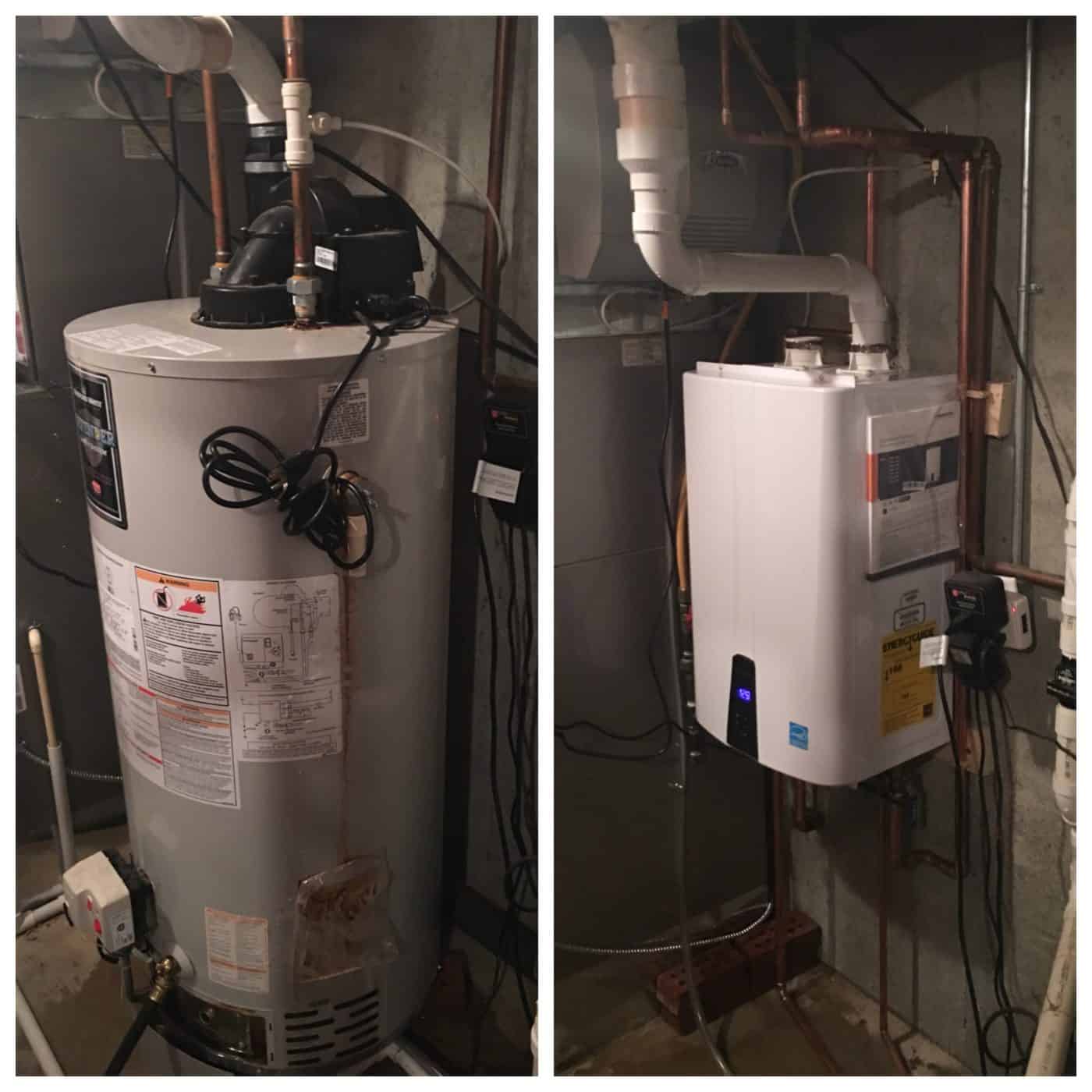
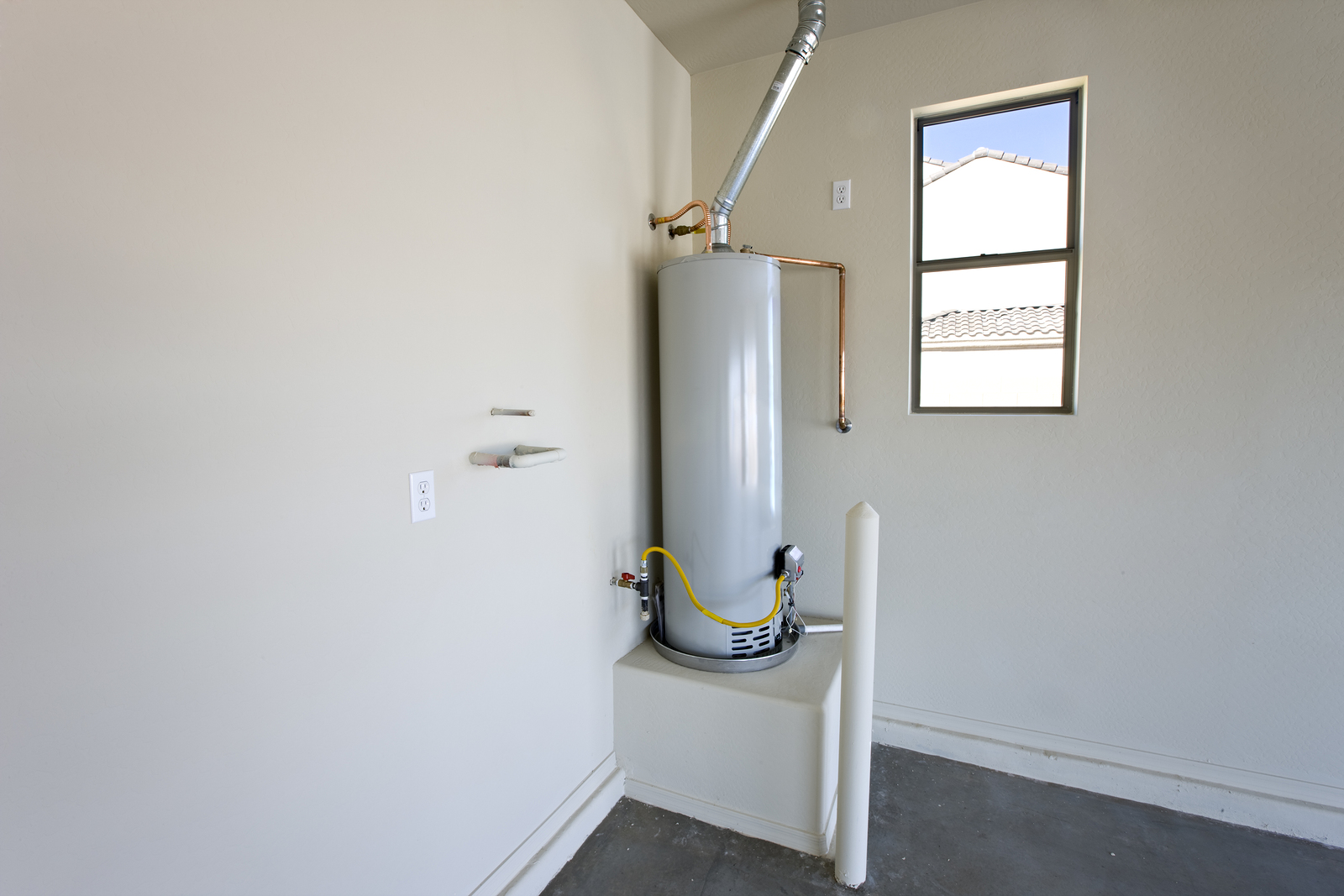
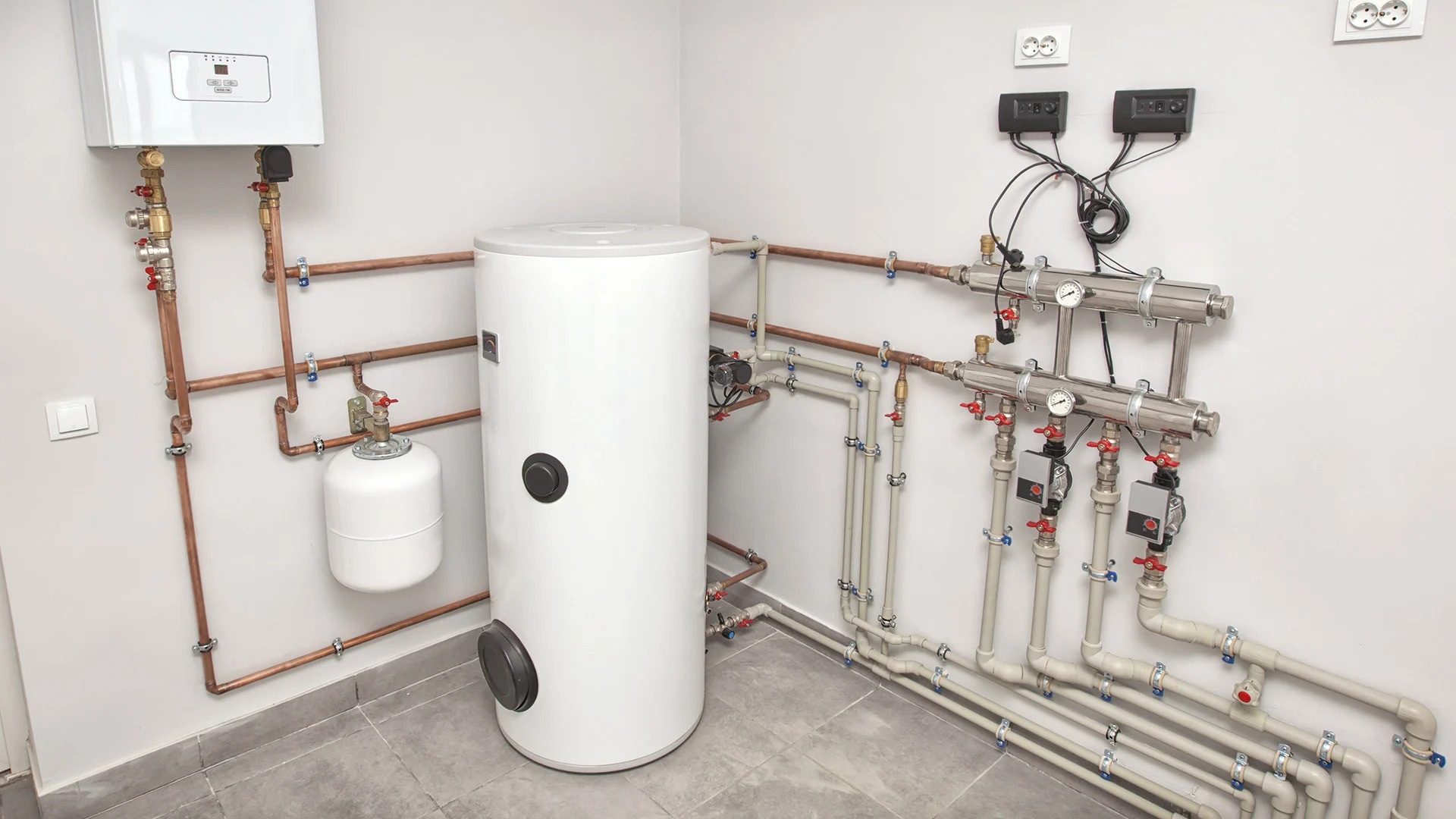
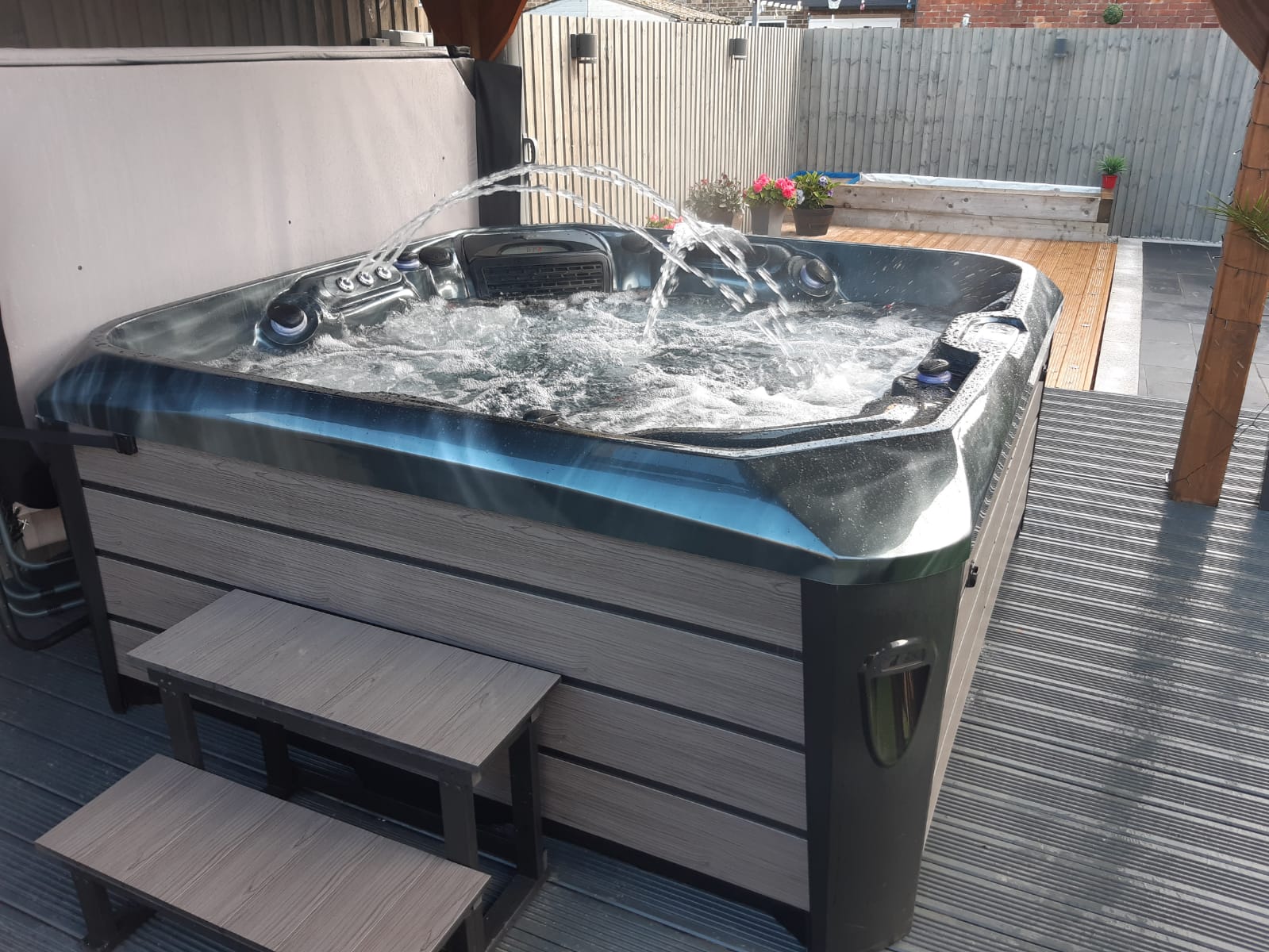
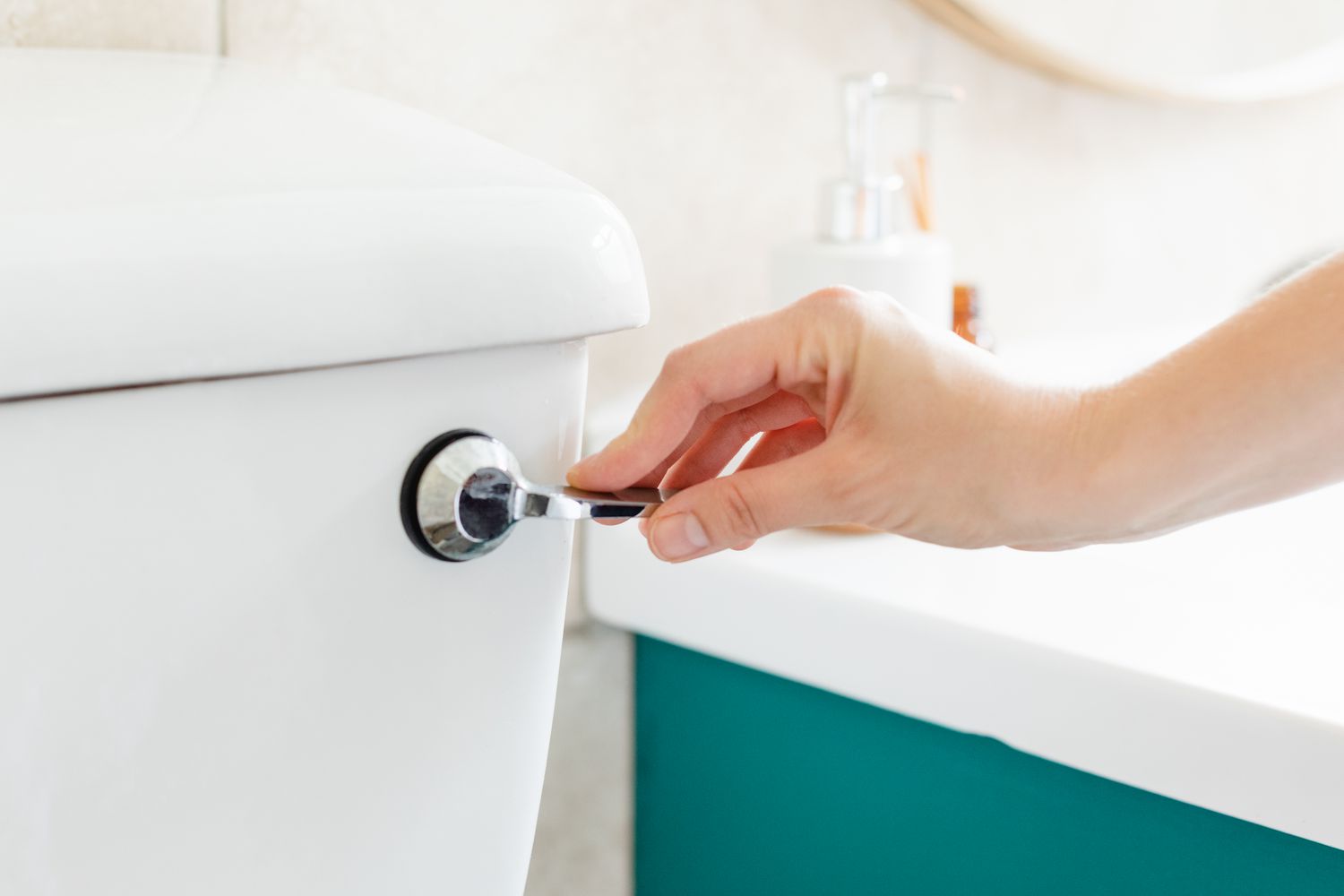
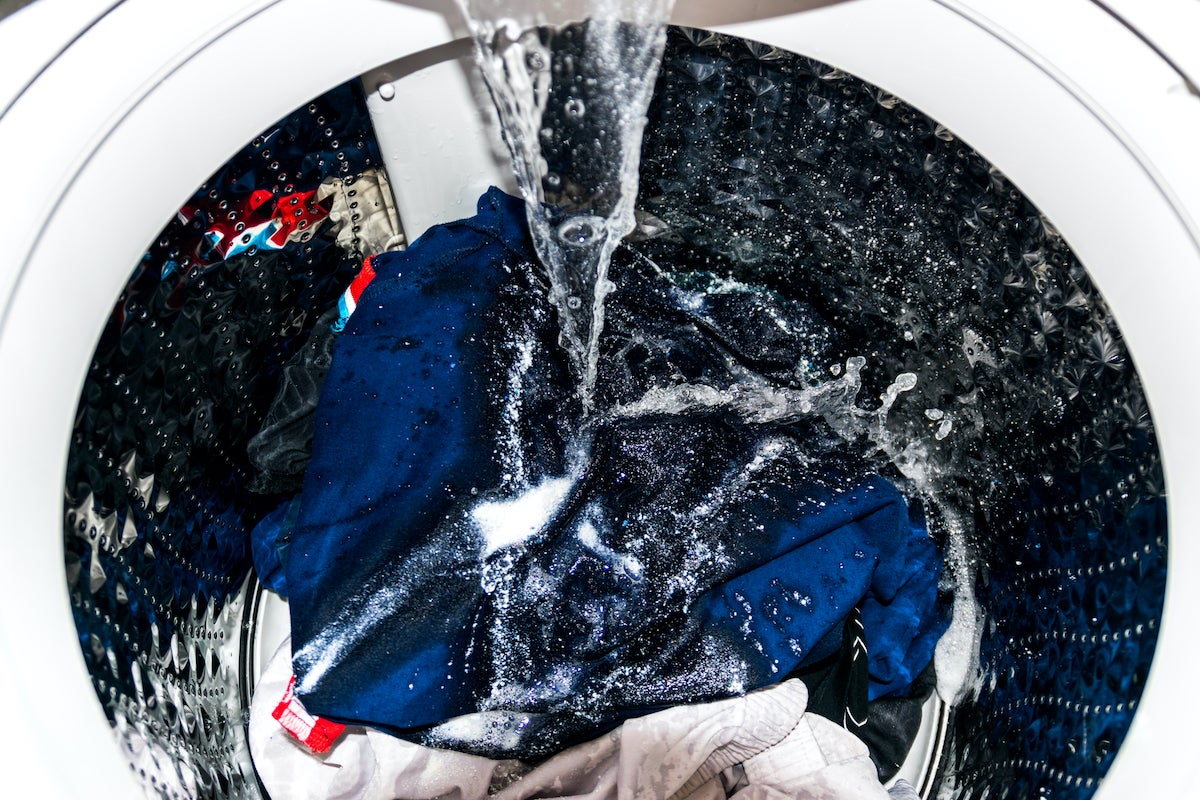
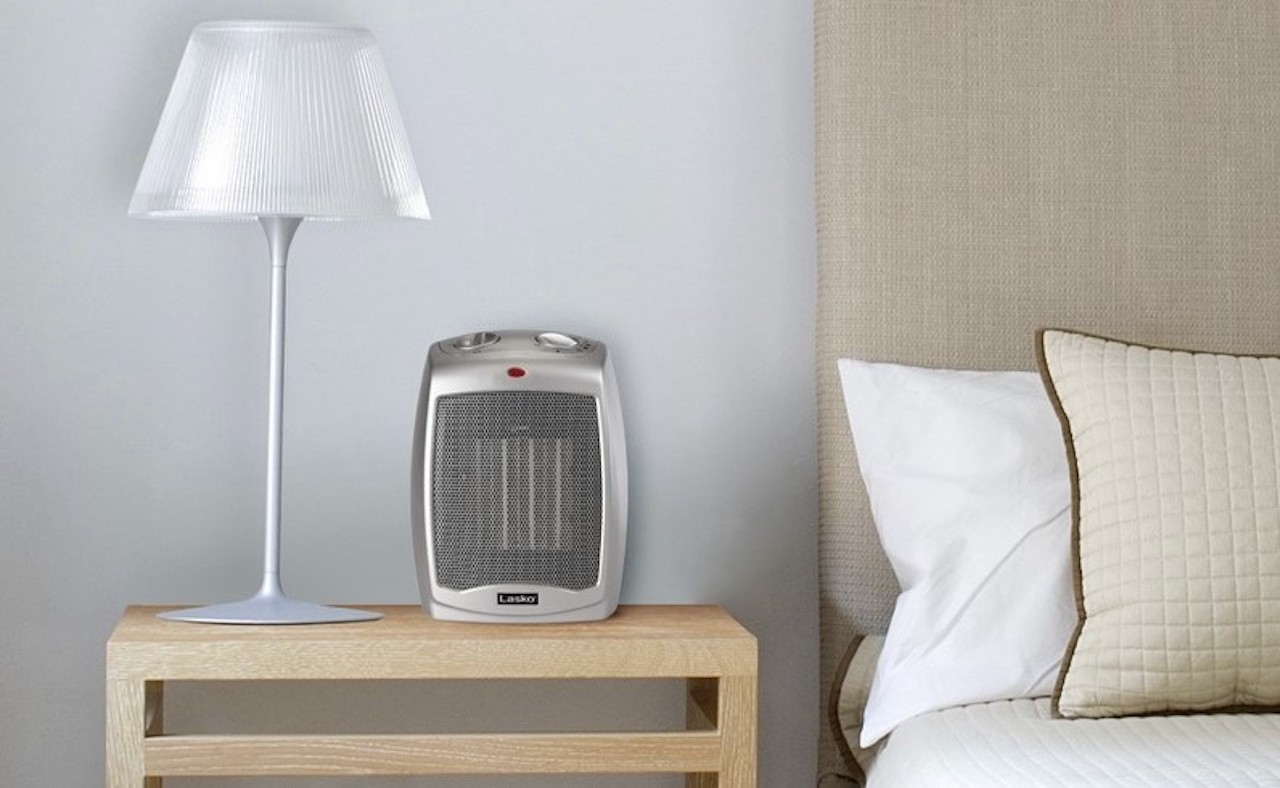
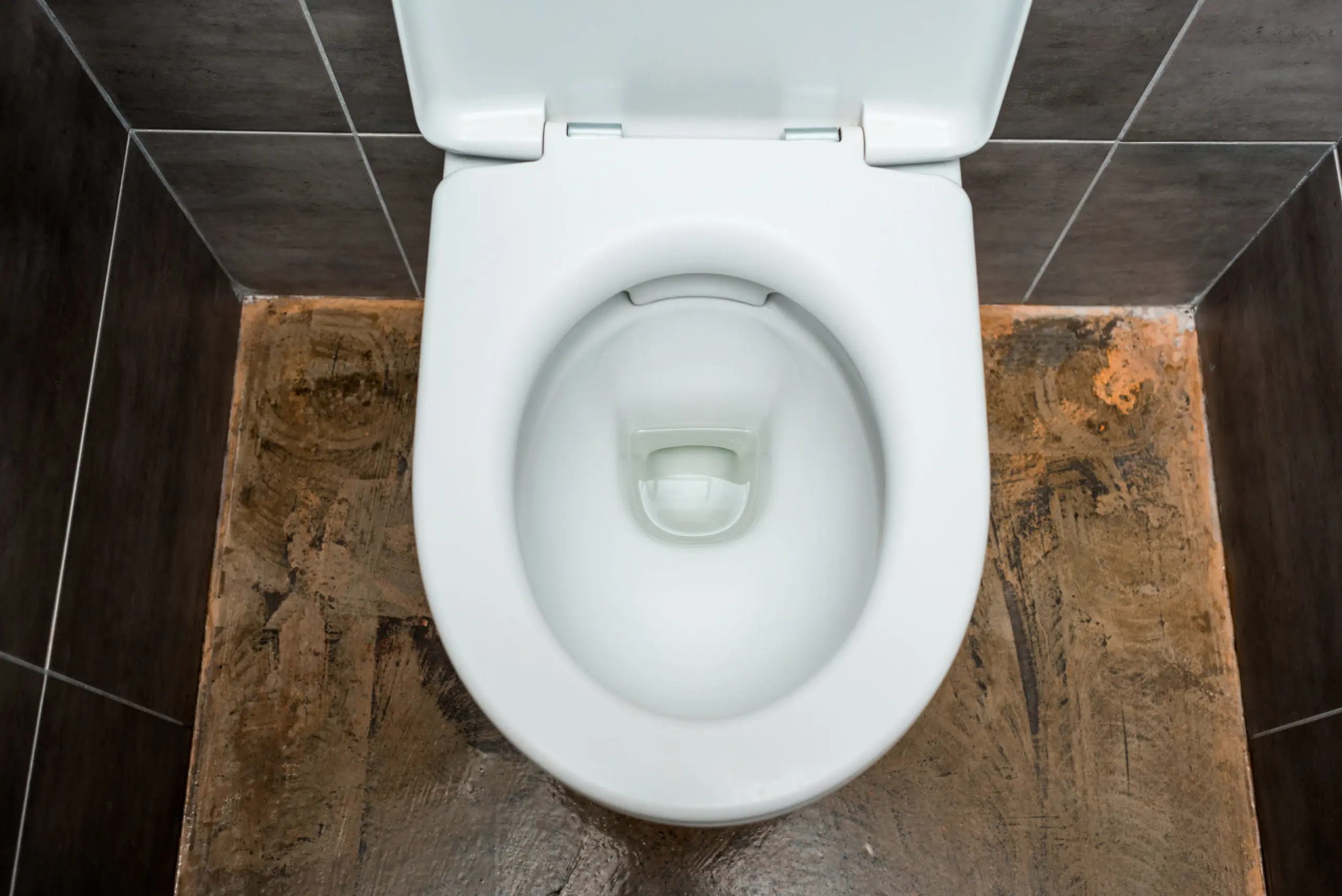
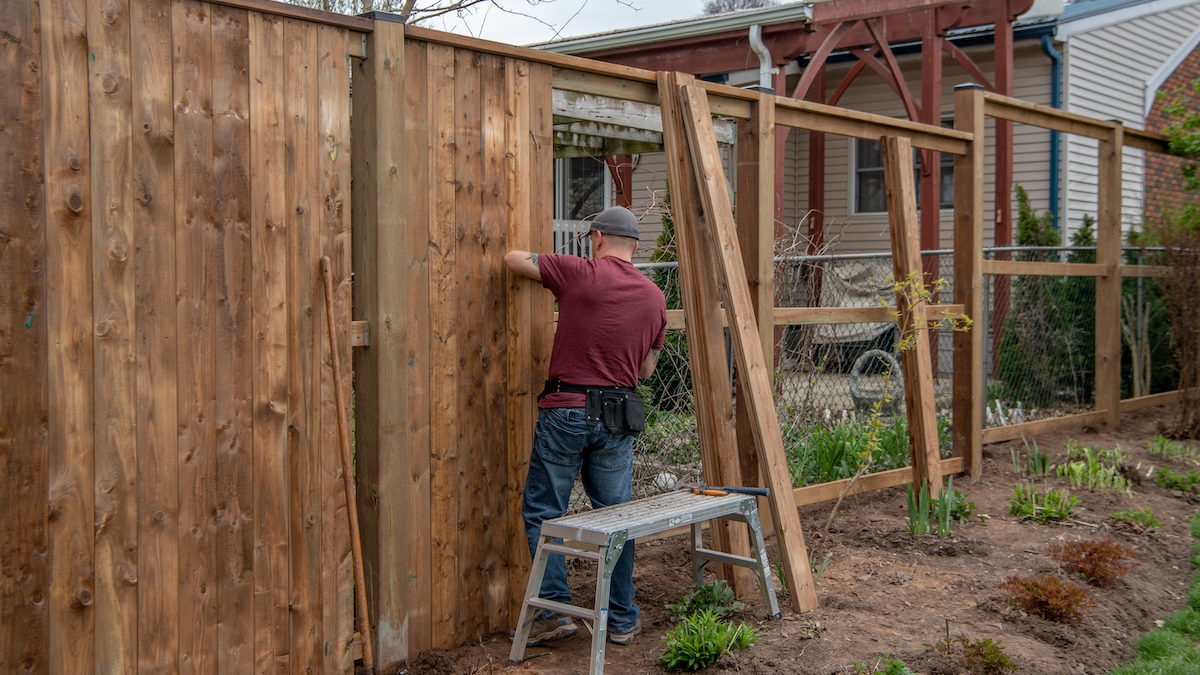
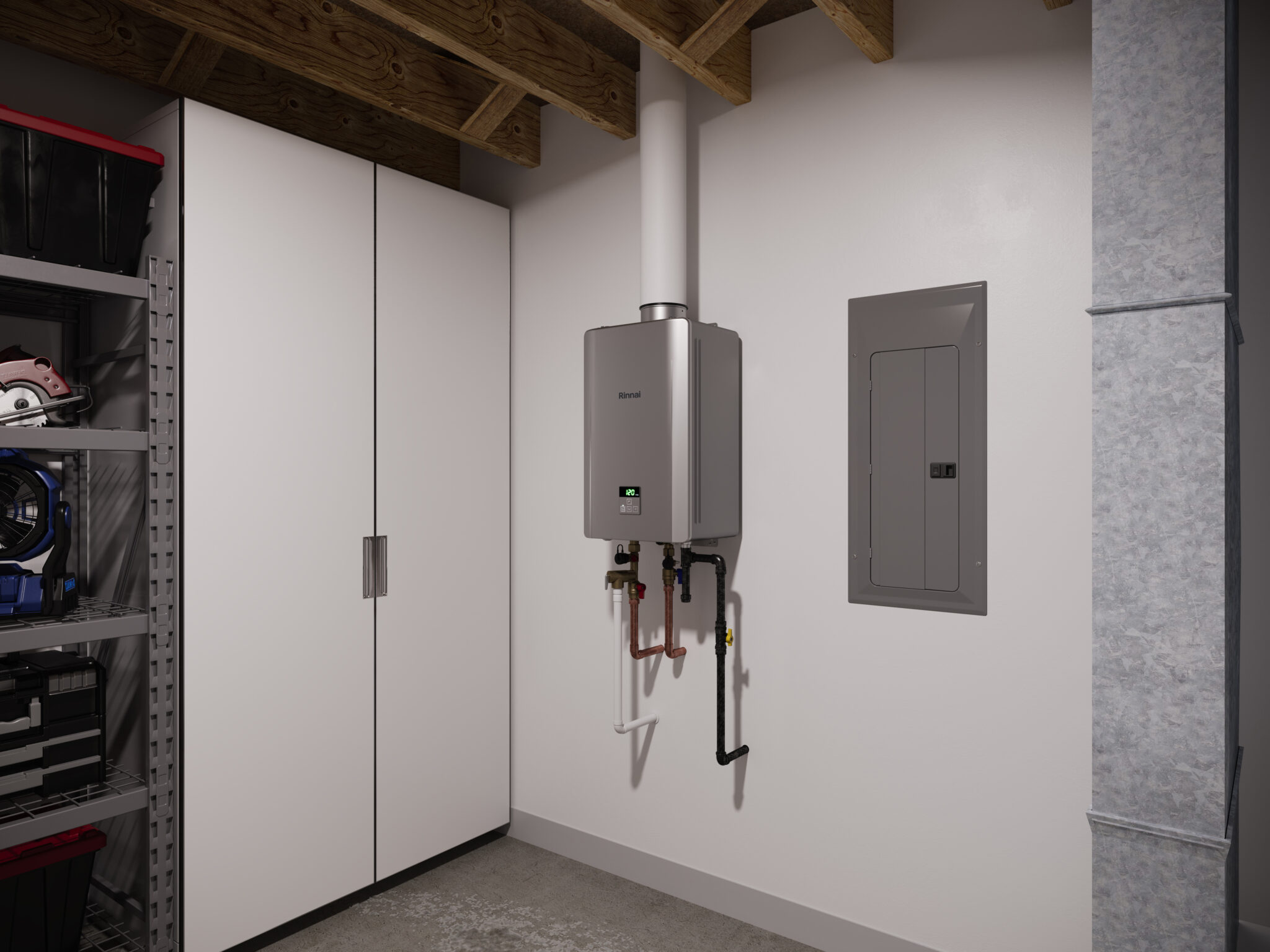
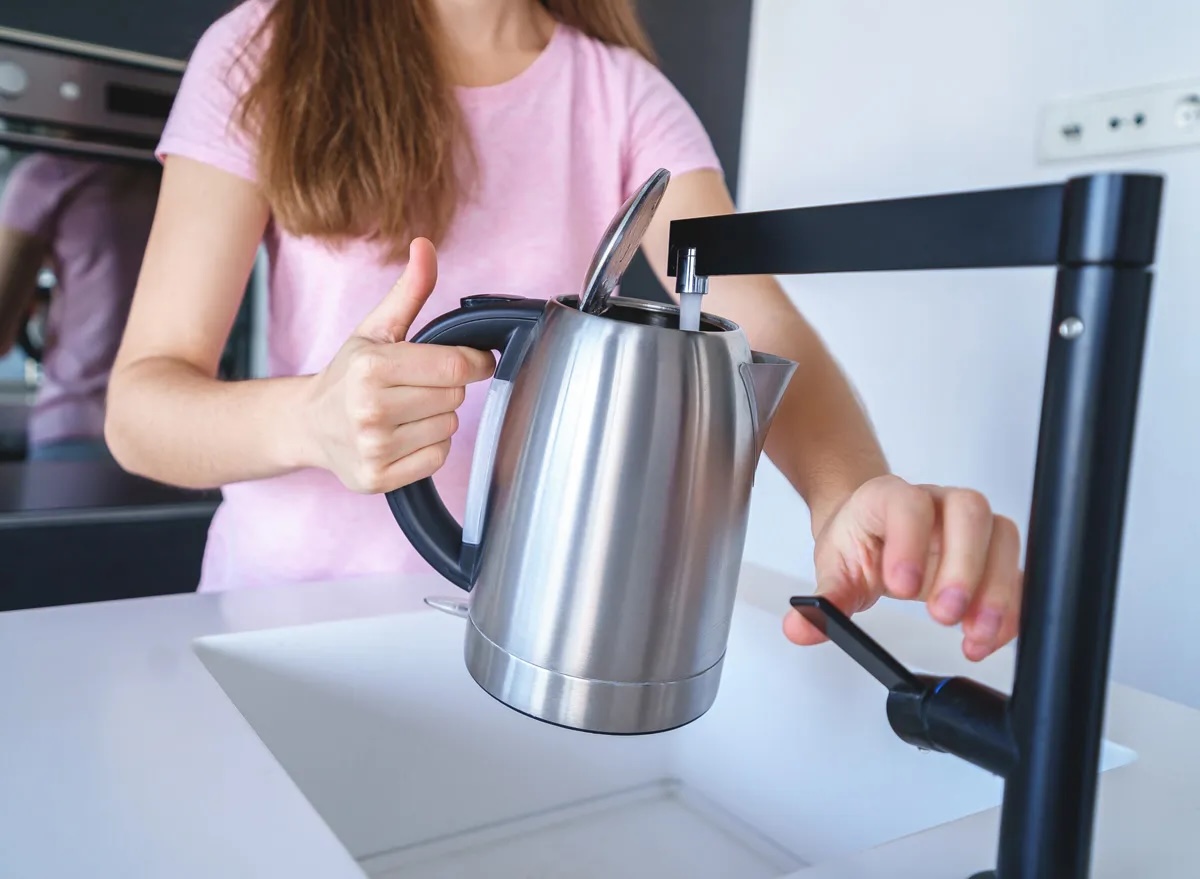
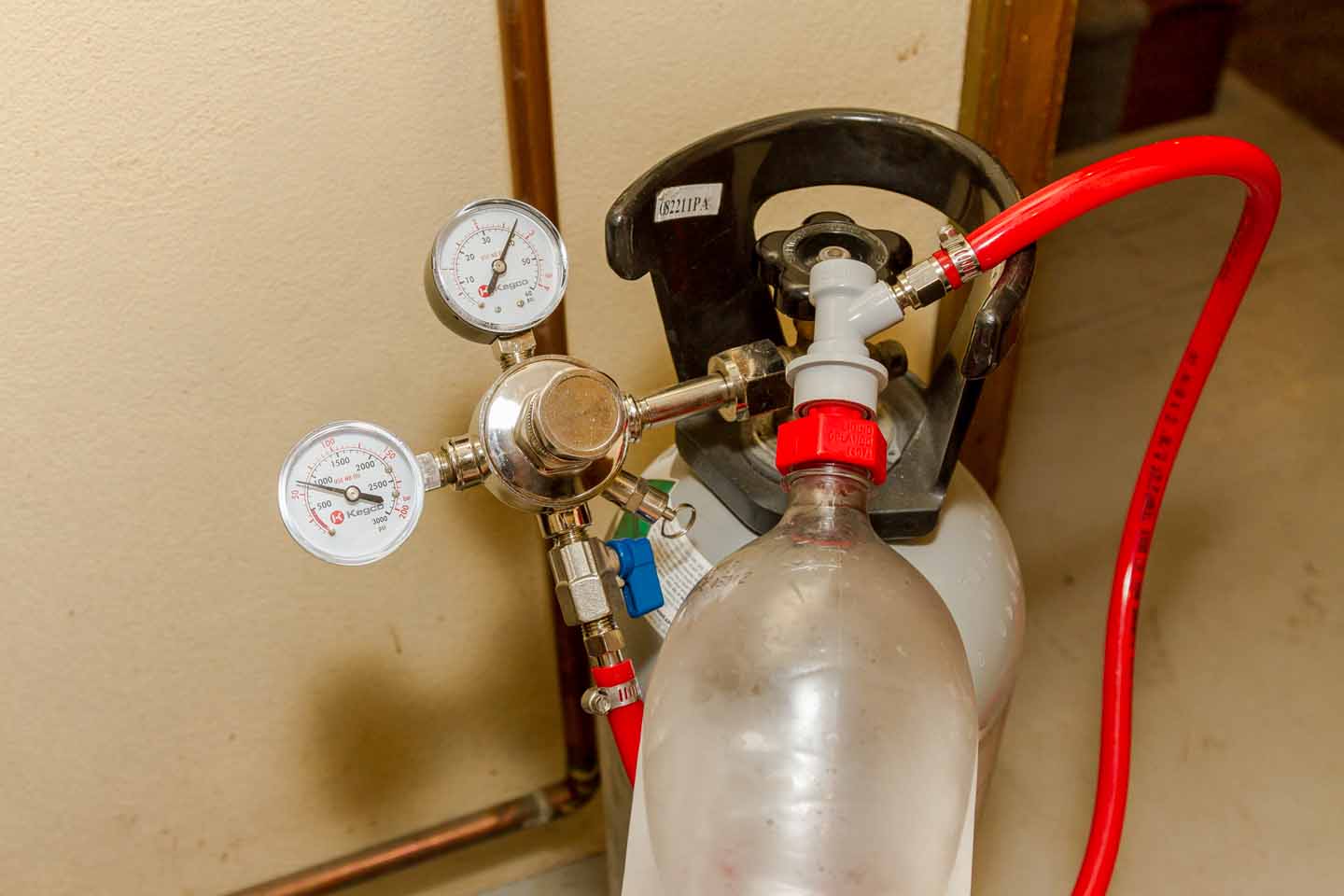
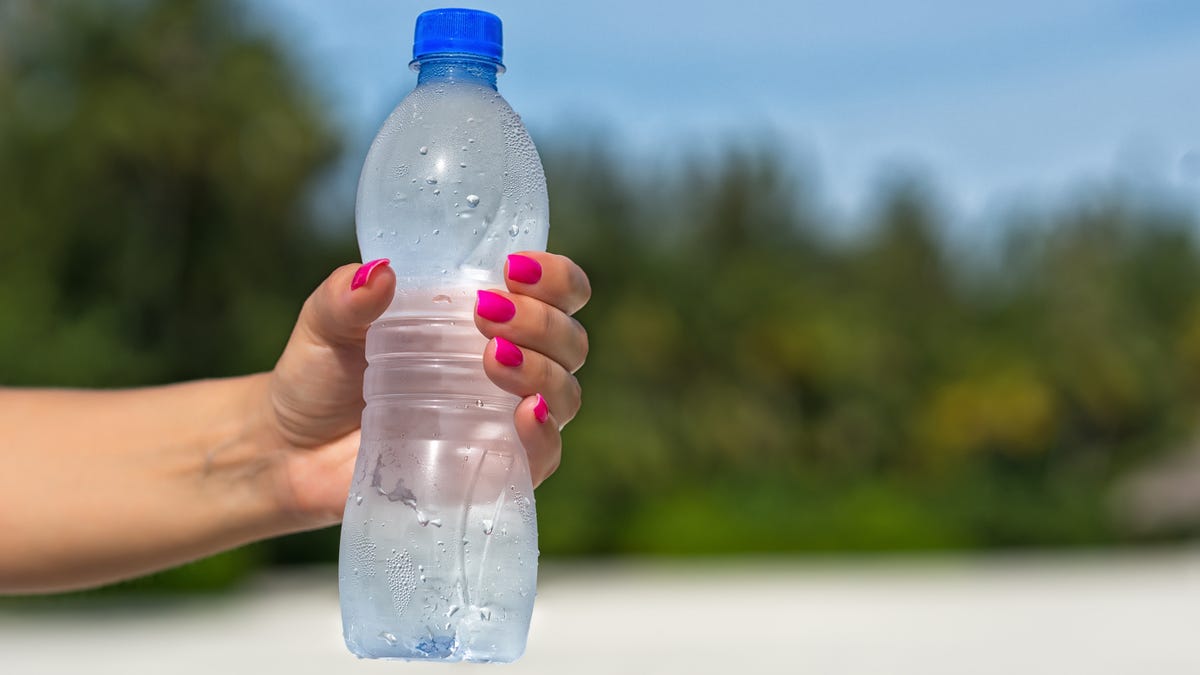

0 thoughts on “How Long Does It Take For A 50 Gallon Water Heater To Fill Up”